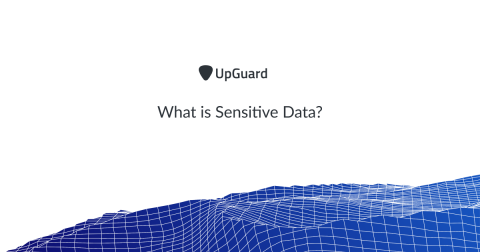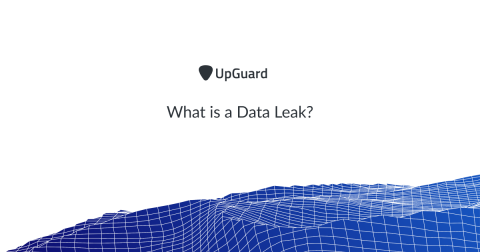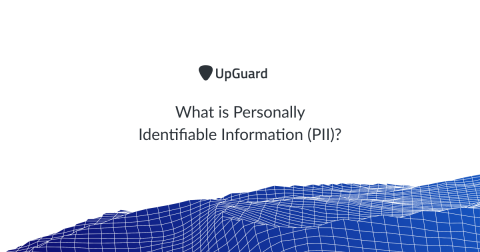When Employees Waste Time, and What to Do About It
The numbers are shocking. According to the 2019 The State of Work Report, employees spend just 40% of their workday on primary tasks. A Gallup poll showed that disengaged employees cost companies in the United States between $450 and $550 billion per year, and highly engaged teams are 21% more profitable than others. So how can an organization find out what employees are doing when they are on the clock so they can take steps to increase engagement and boost productivity?









